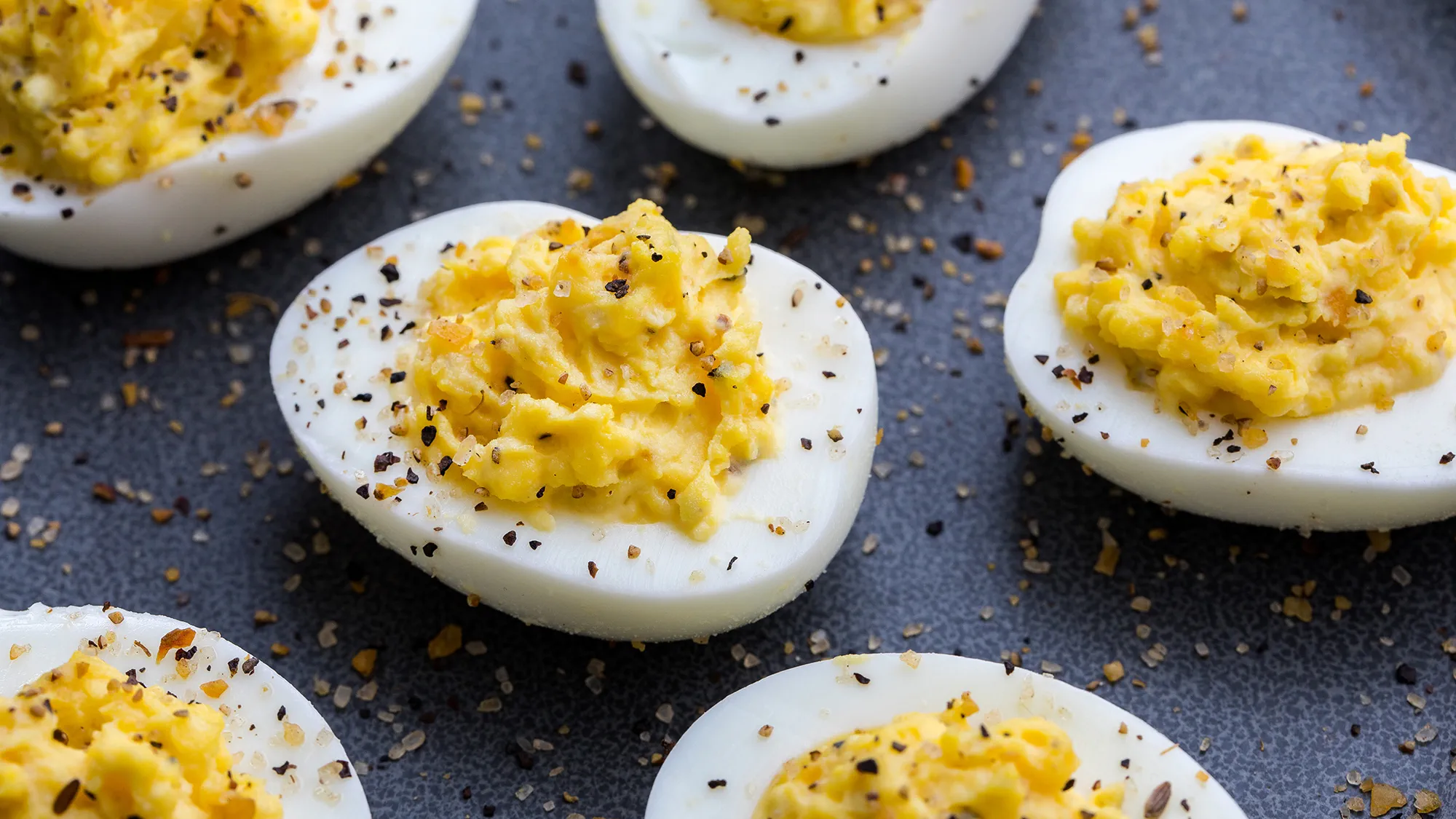Throughout autumn, while everyone is busy ogling pumpkins, I’m stockpiling hot peppers of all colors and sizes. Beyond their addictive sting of heat, fresh chilies offer an intoxicating array of vegetal, bright, and fruity aromas that you just can’t find in a shaker of cayenne powder.
Great hosts use great tricks to elevate everyday cooking. In Supper Club, Jonah Reider taps into the joys of do-it-yourself hospitality, sharing his essential tips and tools to become a more creative, improvisational, and confident host.
And what a bang for your buck: at the market this week, three overflowing cups of hot peppers cost as much as three apples.
As a frequent host, I rely on distinctive condiments to riff on dishes that I’m already comfortable cooking. Quickly infusing the complex flavors of hot peppers into olive oil, butter, vinegar, or citrus juice, I’ve developed potent all-in-one seasonings that never go bad.

To round out flavor, I always add salt to my concoctions, and occasionally some thinly sliced onion or garlic. If I’m worried about an overpowering spiciness, I’ll first remove the chilies’ intense seeds and membranes, then soak them in cold water for a few minutes.
But whether with acid or fat, chili preserves lock in peak-season flavor and lend brightness and zing to whatever I’m cooking. A few containers of these hot pepper infusions —no recipe required— will effortlessly upgrade tired basics and inject energy into your cooking and hosting habits.
How to preserve them in acid
Acid is criminally underused in home kitchens; it brightens and energizes practically any dish. But when infused with fresh chilies, a spoonful of citrus juice or vinegar becomes one of my favorite ways to blast flavor into anything I’m serving.
Macerate in lemon or vinegar
Chop fresh chilies and macerate them in fresh lemon juice or a light vinegar with a fistful of salt. (White vinegar works well, but champagne or apple cider vinegars are even better.) Optionally, a handful of chopped onions boosts savory notes, and slices of citrus can double up zesty aromas.
This technique turns thinly sliced mild peppers like jalapeños or poblanos into excellent instant pickles. Their vegetal crunch and gentle bite make a perfect garnish to heartier main courses as well as sandwiches and salads.

For spicier peppers like wrinkled habaneros or slender thai chiles, I rely more on the resulting spicy brine. Tiny and fiery chilies, sliced in half and left to soak in salty lemon juice, yield a liquid that packs in heat with a rush of fruitiness.
This elixir is great to serve tableside (a superior homemade Tabasco) or to integrate into favorite recipes. Either way, nothing so easily makes a simple dish the star of a dinner party.
Pour over fish, salad, stews, or anything
When I get my hands on super-fresh fish, for example, I’ll serve it raw in a pool of chili-infused citrus juice and quality olive oil. This same dressing works beautifully over sliced ripe tomatoes, or mixed into a large chopped salad.

Chili-infused acids also cut through rich stews, add a burst of flavor to bland poached fish, and perk up an otherwise quotidian roast chicken. And with a splash of chili vinegar mixed in, thick yogurt becomes a zippy condiment of its own, perfect for soup-swirling and bread-dunking.
How to preserve them in fat
Fats also do an excellent job at absorbing and preserving complex flavor from fresh hot peppers. I gently simmer olive oil or butter with salt, garlic cloves, and roughly chopped, de-seeded chilies.
Experiment with spices
Feel free to add spices—toasted cumin and coriander; crushed ginger and garlic, or fennel seed and citrus zest—but in general, I like to keep my spicy preserves relatively elemental, and thus, versatile.

Regardless, after about ten minutes of simmering, I let the infused mixture cool and reserve it in my fridge. A pat of chili butter in the pan upgrades everything from grilled cheese sandwiches to seared scallops to fried eggs. Chili-infused oil is perfect for drizzling over pasta, stews, and soups. (These cockles, beans, and cherry tomatoes would be amazing with a squirt of chili oil.)
Throw in carrots for sweetness
For a thicker and sweeter condiment, try adding some roughly chopped carrots in with the peppers, fat, and salt. Cook covered, at low heat, until the carrots have softened. Then mush it up into an extraordinary paste using a mortar and pestle, an immersion blender, or even a fork.
So in short, make hot pepper season last all year long: fill your fridge with preservations of any fresh chilies you can get your hands on.
This article was written by Jonah Reider from Food & Wine and was legally licensed through the NewsCred publisher network. Please direct all licensing questions to legal@newscred.com.








